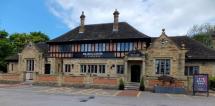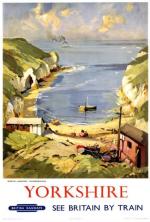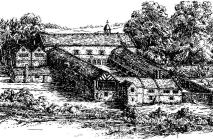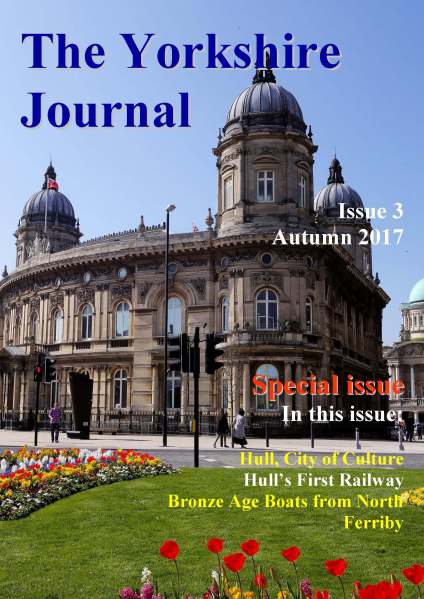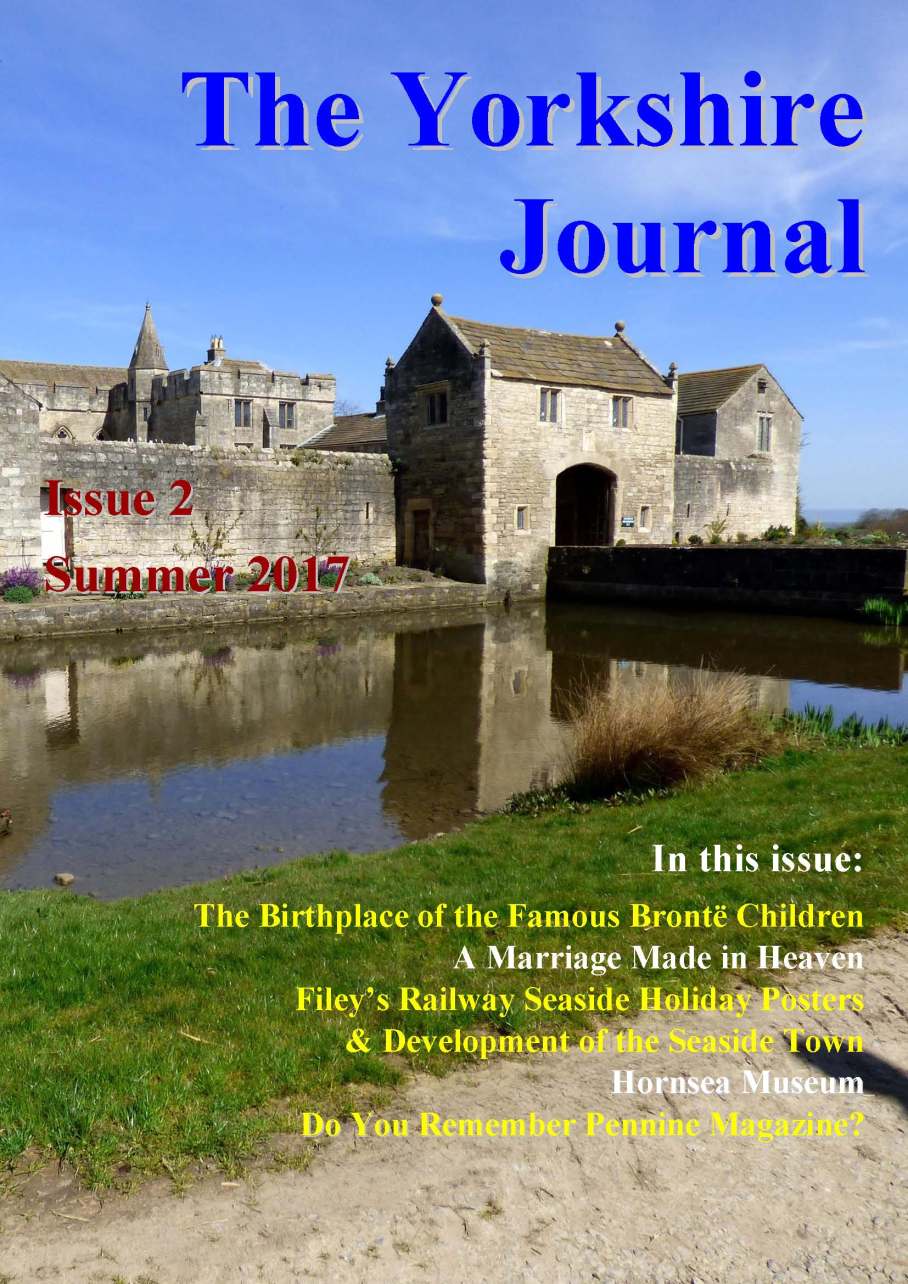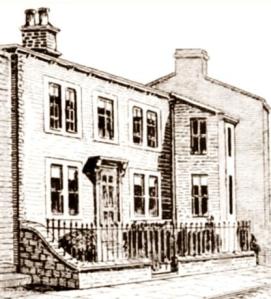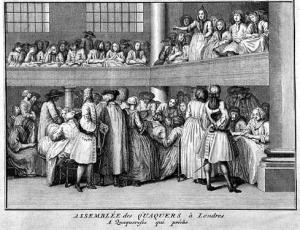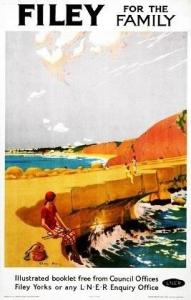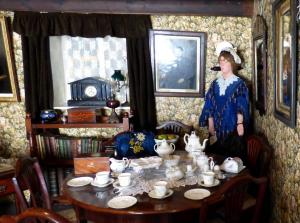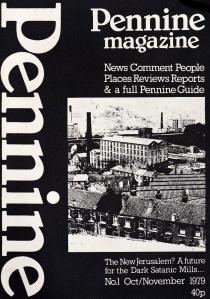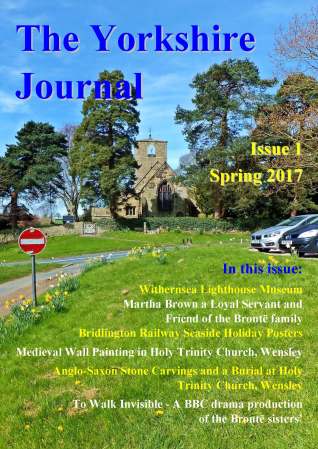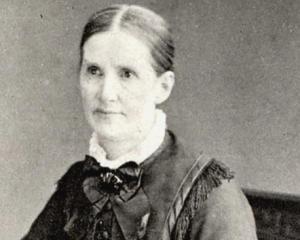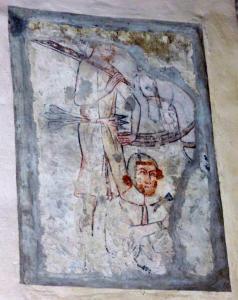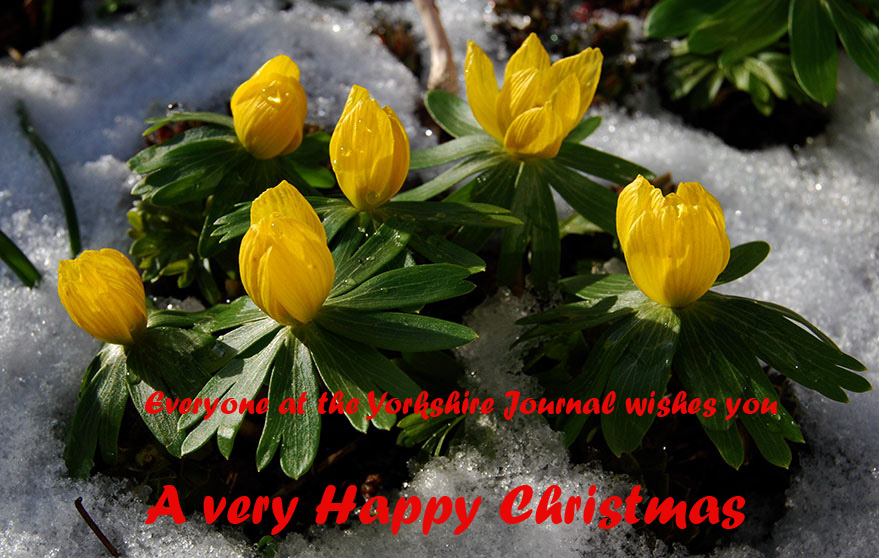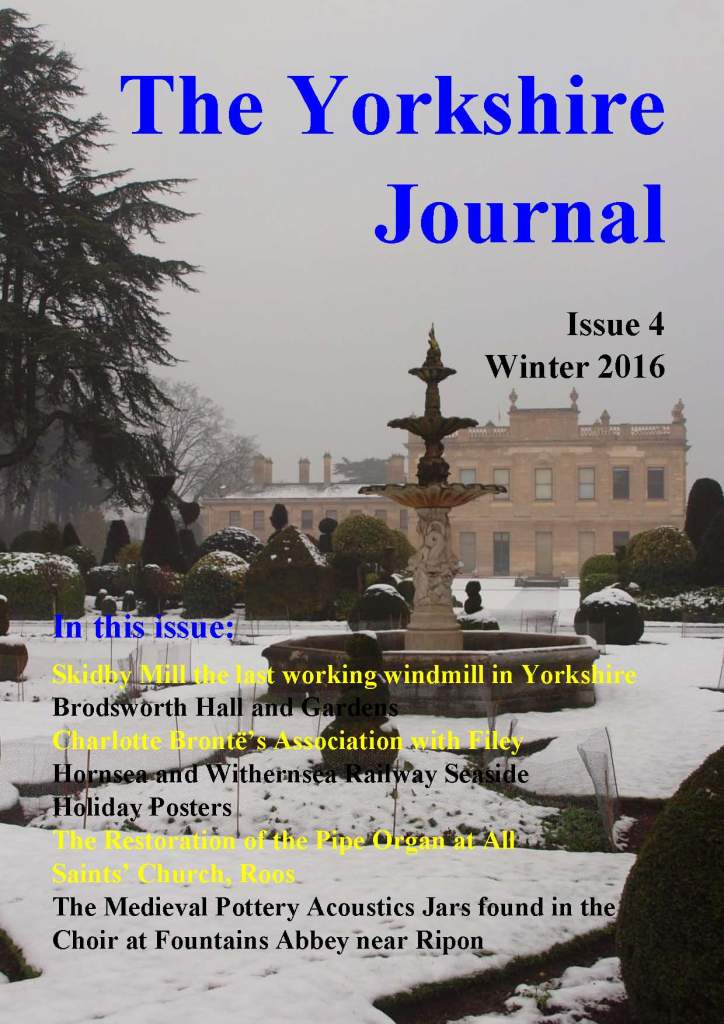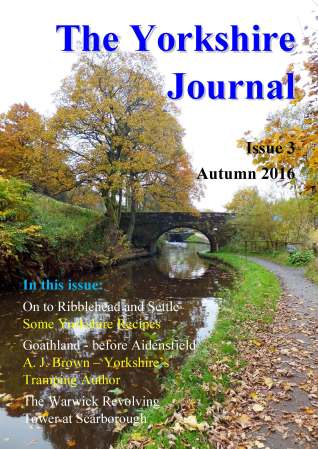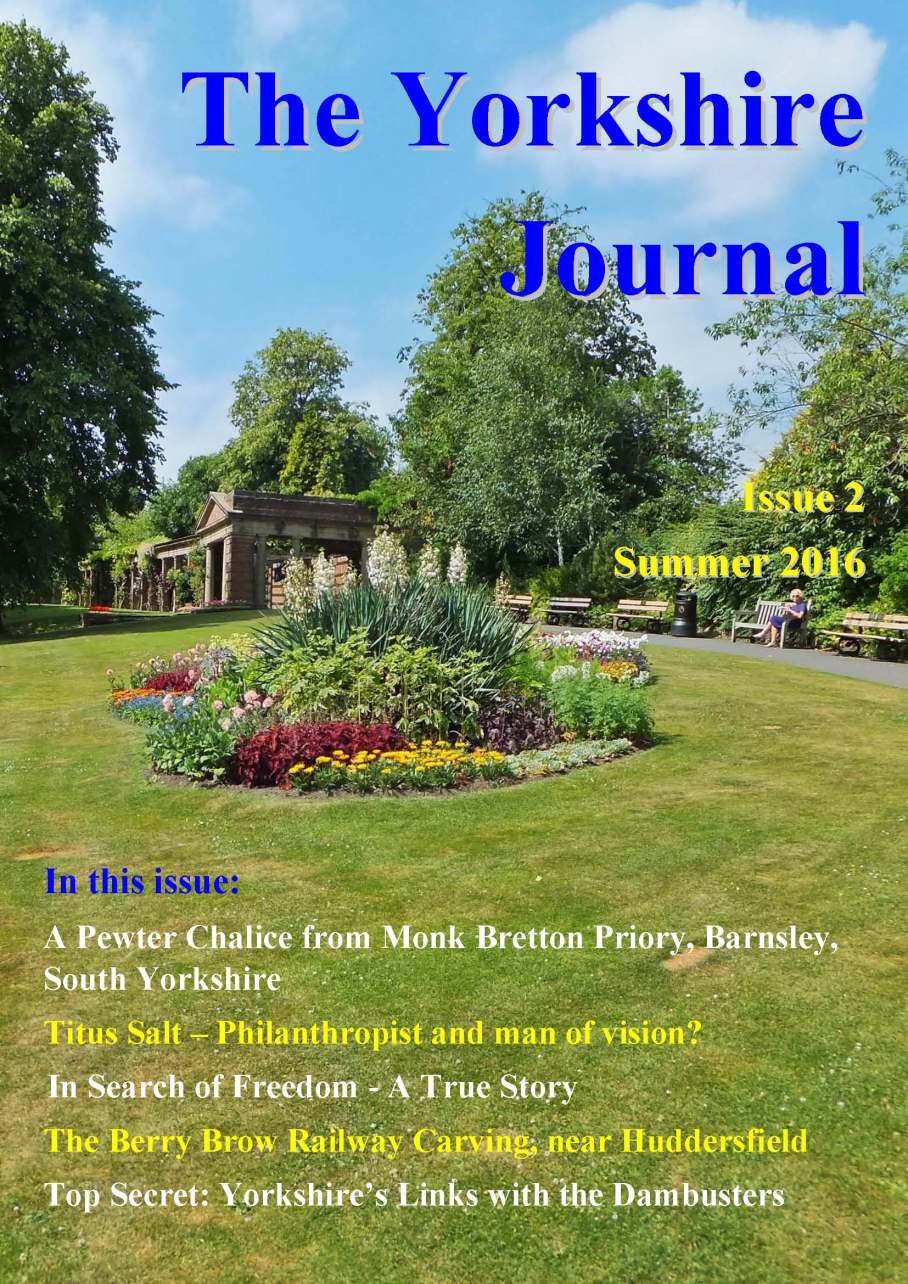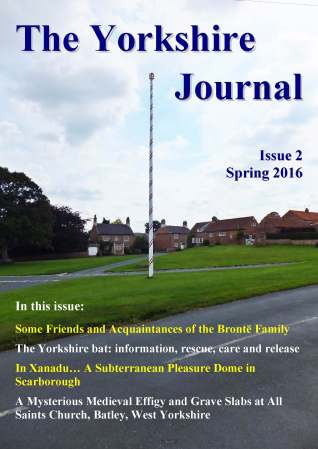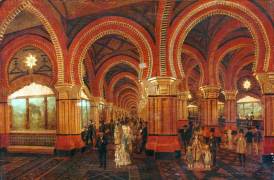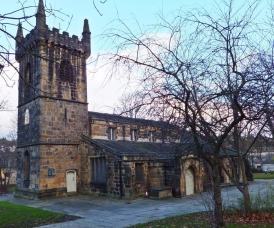. This year the Yorkshire Journal has evolved into an annual publication. You will have the opportunity to download individual articles for the first time or the complete journal can be downloaded as a PDF from our website.
By moving to an annual publication several of our readers are experiencing severe withdrawal symptoms so therefore in future, in addition to the annual journal, there will be a Yorkshire Review which will be available to download from our website published in Spring, Summer and Autumn. This will include readers’ photographs, comments and one or two more detailed articles to supplement the annual journal. Our journal is completely free, without any advertising (except on the website, a small inconvenience for free web-hosting from WordPress), and we do not accept any financial donations – but we would very much value your contributions no matter how small: we even welcome negative comments, as they help us to improve our content.
As you will note the layout of the journal has been revised and I hope you will welcome this. The work has been undertaken by Brian Wade who has worked extensively as a graphic designer for many periodicals and journals. You may also note some changes to the website. Principally these involve the menu structure. The previous system of slide out menus and sub-menus worked really well for PC’s and laptops, but unfortunately the same cannot be said for tablets and smartphones, which displayed every single menu and sub-menu choice, leading to much scrolling. The new menus are therefore single level, the pages returned by “The Journals” and “Links” include links to the items you are looking for – for example you can always download the latest issue of the journal from a link at the top of “The Journals” page.
We have also included details of the printed issues of our predecessor “Yorkshire Journal”, which was published from 1993 to 2004. Unfortunately we cannot make the content of the articles available on the website for copyright reasons, but we are displaying the covers and index of articles for each issue. Printed copies are still occasionally available from second-hand book dealers and book fairs and are well worth seeking out. If any readers have specific queries or comments about any article please do get in touch.
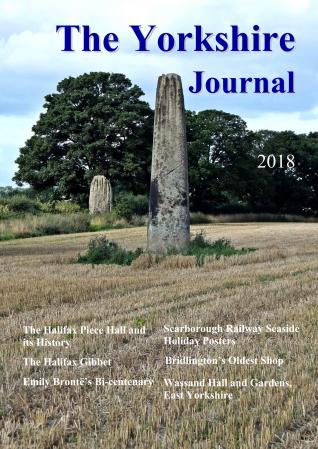
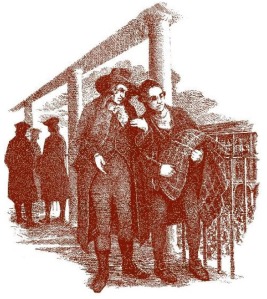
THE HALIFAX PIECE HALL, The 2017 refurbishment and History By John Stuart
The Halifax Piece Hall built in 1779 is a rare surviving example of a purpose-built cloth hall. It has recently undergone a £19 million refurbishment which has brought the Piece Hall into the 21st century and is a fitting tribute to both its historical and architecture importance. In February 2018 the Prince of Wales and the Duchess of Cornwall unveiled a plaque to mark its official opening. John’s comprehensive article includes a detailed history of the building, the people involved and its place in the production of the textile industry in West Yorkshire.
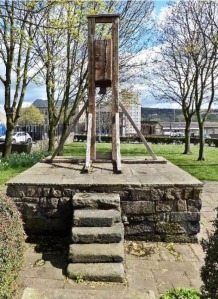
THE HALIFAX GIBBET, An early English version of the guillotine By Christopher Jennings
It is believed that the Halifax Gibbet was first put in place to protect the local cloth trade. Thieves found it easy to steal cloth exposed outside and unattended. In the 18th century stealing cloth was a very serious crime so executing thieves was thought to be a justifiable punishment, although it is not known when the Halifax Gibbet was first introduced. Christopher has carried out a full investigation on its history which is detailed in his comprehensive article and includes the Gibbet Law, trial, method of execution and the names of people known to have been beheaded. Also the site and discovery of the stone platform, and the reconstruction of the Halifax Gibbet.
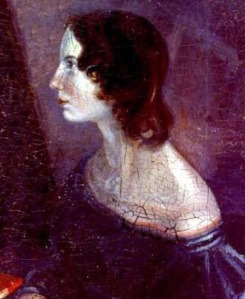 EMILY BRONTË’S BI-CENTENARY By Margaret Mills
EMILY BRONTË’S BI-CENTENARY By Margaret Mills
Emily Brontë was the most enigmatic member of the Brontë family and is best known for her one and only published novel Wuthering Heights. This year has seen her bi-centenary anniversary, which has been celebrated by various events at the Brontë Parsonage Museum and elsewhere. Margaret gives an insight into her life and her love for the moors adjacent to Haworth Parsonage where she lived for most of her life. She describes how brutal Emily could be when disciplining her dog, Keeper, and in her novel Wuthering Heights with a discussion of the real Wuthering Heights.

SCARBOROUGH RAILWAY SEASIDE HOLIDAY POSTERS Including a brief history of Scarborough hrough the posters By Stephen Riley
The series on railway seaside holiday posters began in the Winter issue 2016 with the development of Hornsea and Withernsea as holiday resorts. Since then Stephen has continued to cover the East Yorkshire coast and now arrives in Scarborough from Flamborough, where some stunning posters can be seen showing elegance and socializing. Stephen gives a description of the many facilities illustrated in the railway posters, which include the Spa, swimming pools, hotels, and the beaches in relation to the history of Scarborough.
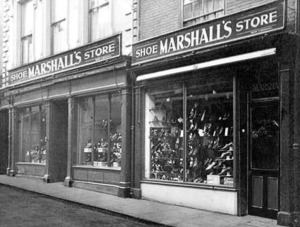 BRIDLINGTON’S OLDEST SHOP By Paul Williams
BRIDLINGTON’S OLDEST SHOP By Paul Williams
Marshall and Son Shoe Store in Bridlington served customers for 123 years before closing down to trade online. Sadly it is just one of many independent and family run shops in Yorkshire that are closing down due to the decline in trade. The business was established in 1895 as Marshalls Boot Store with proprietor Fred Marshall selling boots and wellingtons to local farmers from a shop which formed part of his living room. Paul recalls visiting Marshall’s Shoe Store with his parents on summer holidays to Bridlington when growing up in the 1960s and 70s and traces the history of the store from its beginnings to the sad death of Herbert Marshall who joined the business in 1945

WASSAND HALL AND GARDENS, EAST YORKSHIRE By Janet Stevens and Rupert Russell
Wassand Hall and gardens are situated in beautiful tranquil surroundings between Seaton and Hornsea. The Hall has been in the same family for over 400 years and has a fascinating history. It contains a fine collection of 18/19th century paintings, porcelain and furniture. The well-kept gardens are full of colour with a variety of plants and flowers. The grounds also have two walks, with the Woodland Walk ending in the recently extended arboretum. From the lawns on the eastern side of the Hall there is an extensive view of Hornsea Mere. In Janet Stevens and Rupert Russell’s detailed article they outline the layout of the gardens and give a brief history of the hall.
To download the complete issue please click The Yorkshire Journal 2018, Alternatively you can download individual articles by clicking on the title of the appropriate article(s).
If, like me you are still looking round for last minute Christmas presents then one of our “ancestors”, Pennine Magazine is making all copies of their entire print run available on a USB Memory Drive for the bargain price of £10. The will even be room on the usb drive to add all the issues of The Yorkshire Journal – who could wish for a better Christmas present?
A happy Christmas to all our readers
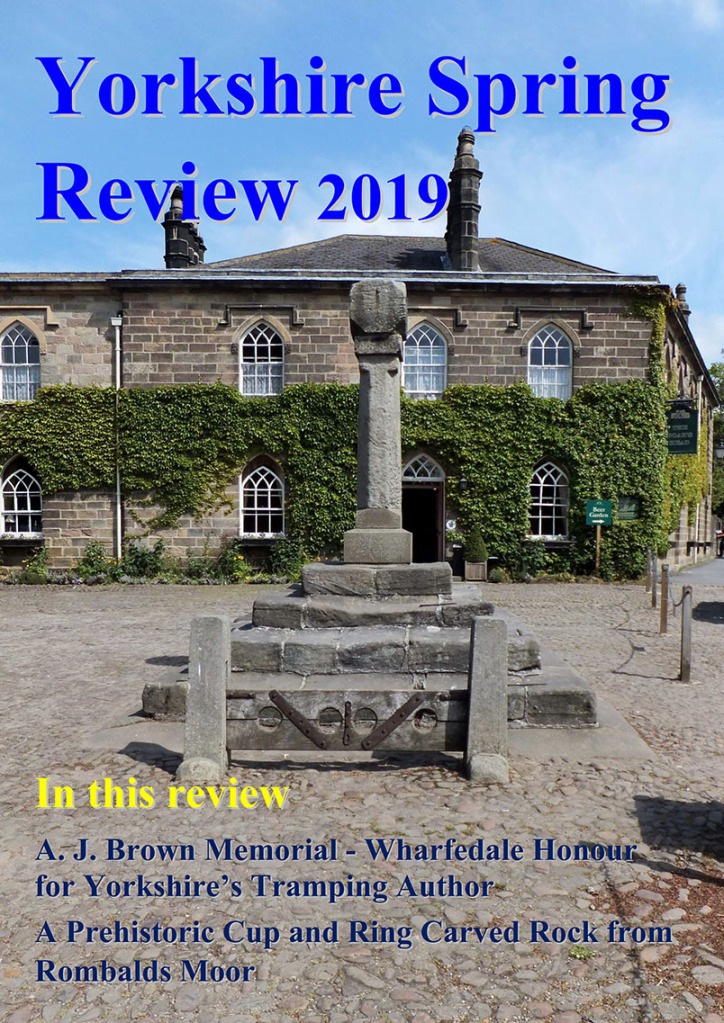 In this Spring review are two articles that we hope you will find interesting, and as always we welcome your comments, the first one is by John A. White, on a tribute to A. J. Brown’s life and literary works as a devoted advocate for the Dales. A. J. Brown has been commemorated by a blue plaque at the Hermit Inn in Burley Woodhead. We stay in the area for our second article by Jeremy Clark, he examines a Prehistoric Cup and Ring Carved Rock from Rombalds Moor that was situated near the former Keighley bus station and is now in Cliff Castle Museum, Keighley. Before these two articles there is a short note to commemorate the 50th anniversary of the 1968 publication of the literary classic ‘A kestrel for a knave’.
In this Spring review are two articles that we hope you will find interesting, and as always we welcome your comments, the first one is by John A. White, on a tribute to A. J. Brown’s life and literary works as a devoted advocate for the Dales. A. J. Brown has been commemorated by a blue plaque at the Hermit Inn in Burley Woodhead. We stay in the area for our second article by Jeremy Clark, he examines a Prehistoric Cup and Ring Carved Rock from Rombalds Moor that was situated near the former Keighley bus station and is now in Cliff Castle Museum, Keighley. Before these two articles there is a short note to commemorate the 50th anniversary of the 1968 publication of the literary classic ‘A kestrel for a knave’.










